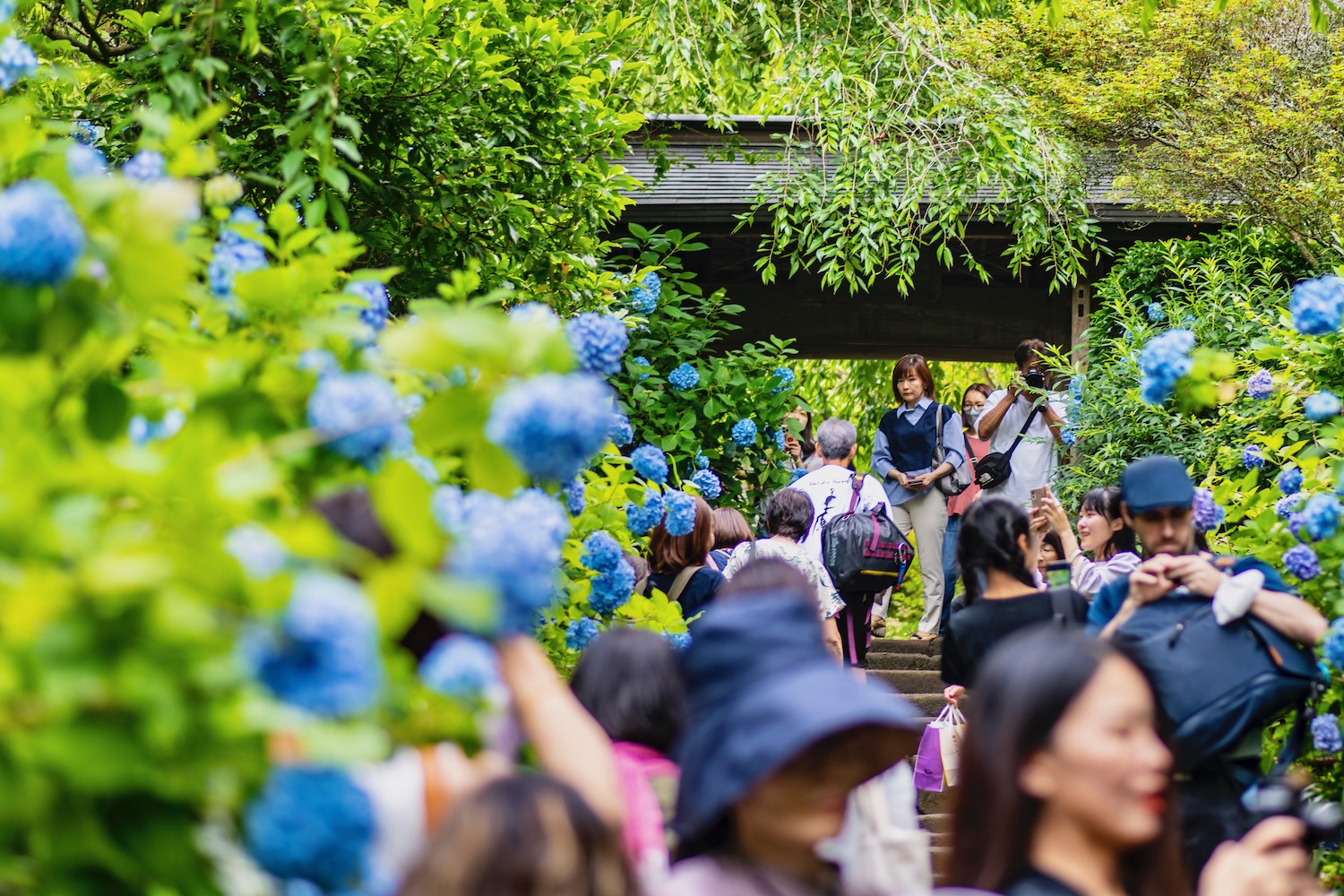As I’ve written about elsewhere on this site, Japan’s Kanagawa prefecture is underrated. Its proximity to Tokyo tends to make travelers take it for granted, or in some cases to forget it entirely.
Now, I don’t begrudge travelers for choosing to visit Kanagawa on a day trip (or, if they have time, multiple day trips). With most destinations in the prefecture accessible in an hour or two from Tokyo, it doesn’t make sense to uproot yourself from a comfortable base in the city.
As I help you decide over the next few paragraphs whether Yokohama or Kamakura is better for you, I’m assuming you’ll simply spend the day in either (or both), though overnight stays of course add something.
In the US, Yokohama and Kamakura Would Be the Same City
The distance from Kamakura to Yokohama is almost negligible, requiring only about 30 minutes on the JR Yokosuka Line. As is the case with Japanese city pairs like Osaka-Kobe and Kyoto-Osaka, these two places are so close that in the US, they’d be considered part of the same metro area. Which I guess is true—you can consider them under the umbrella of “Greater Tokyo”—though to me, they’re quite unique from one another.
One thing that separates Yokohama, in particular, from Kamakura? It’s home to its own baseball team, the Yokohama BayStars. I’ve had many clients contact me in the past, wanting to see a game. However, even if your trip to Yokohama doesn’t line up with the team’s schedule, you can still check MLB odds and make Japan’s incredible baseball culture work for you, if you know what I mean.
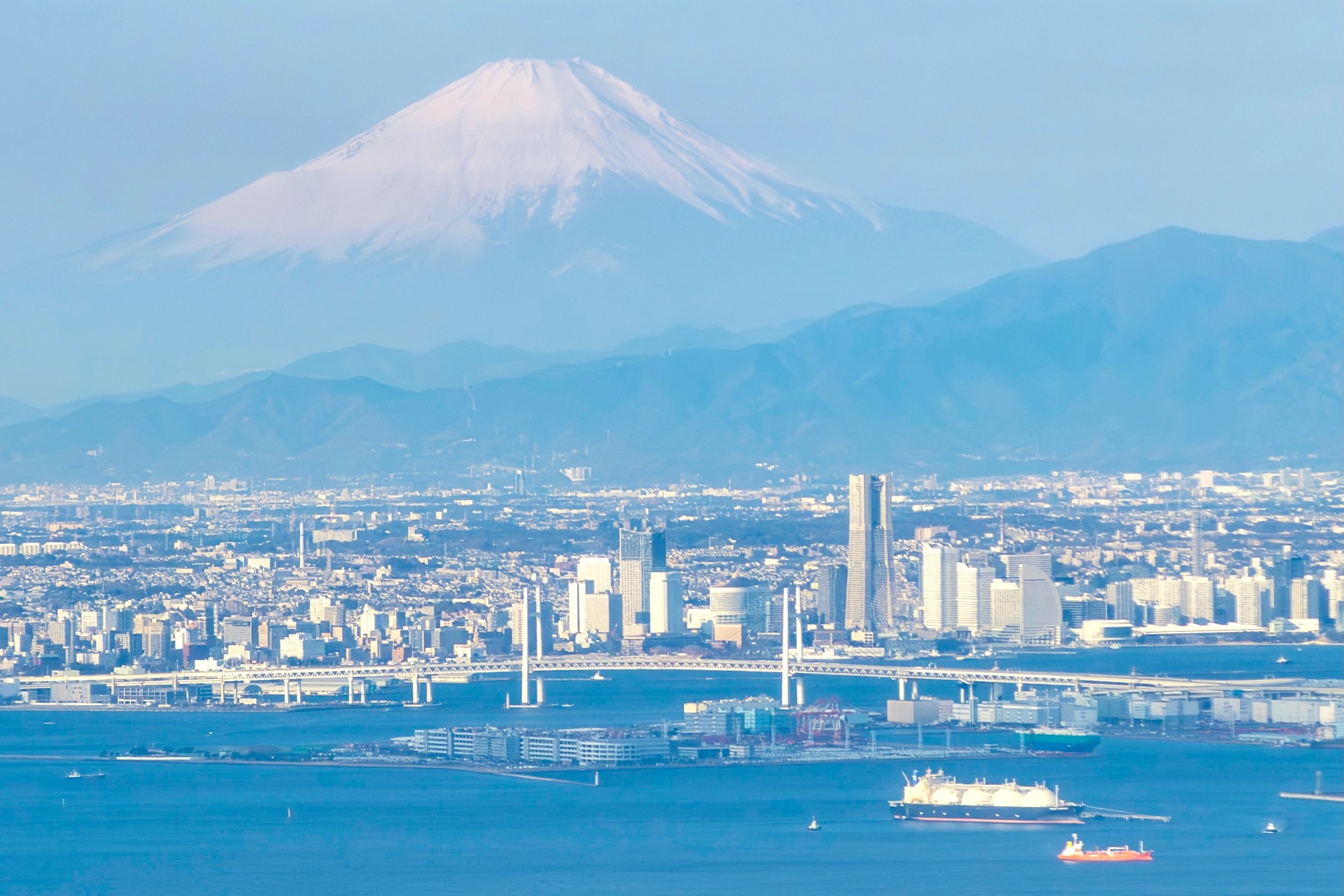


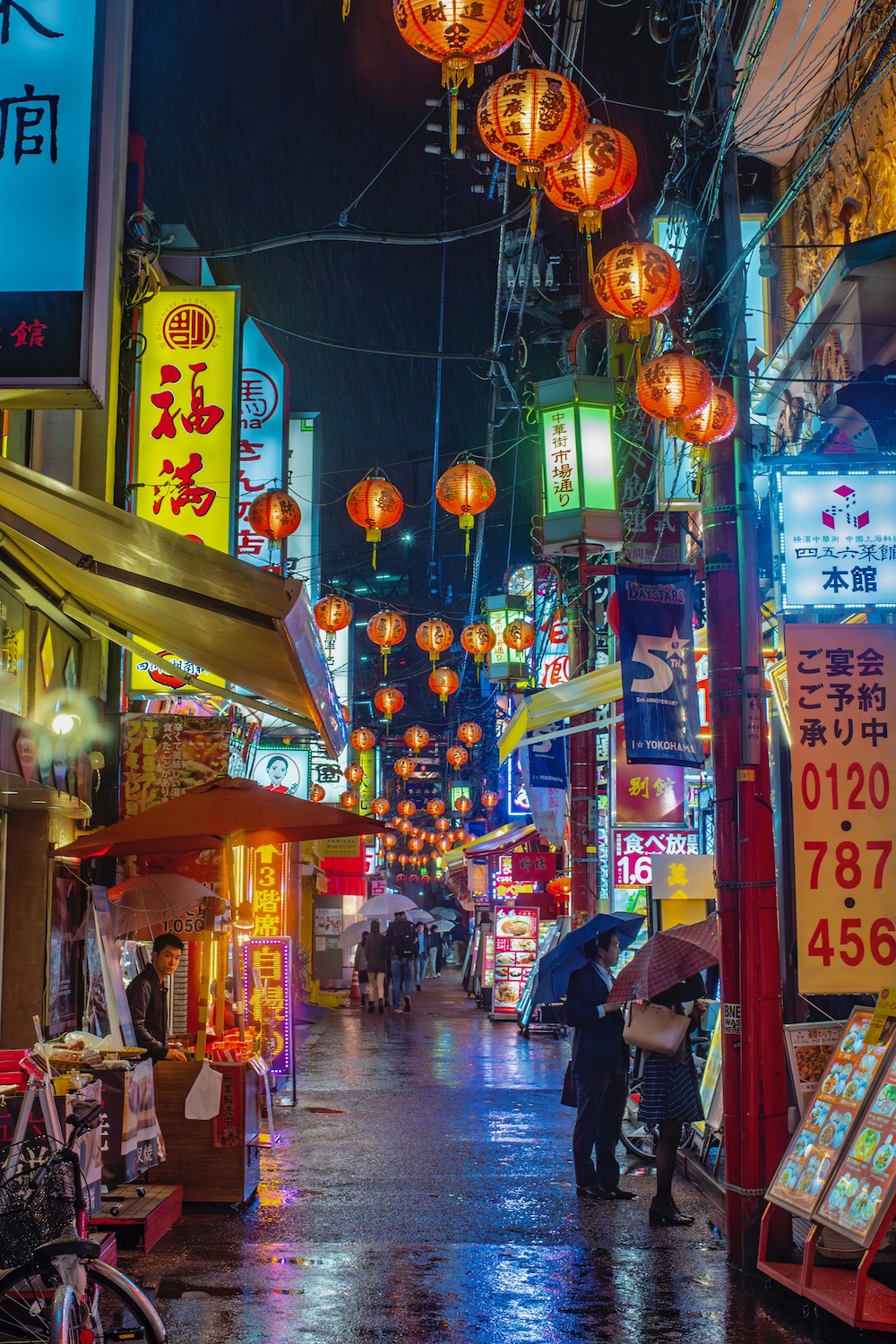
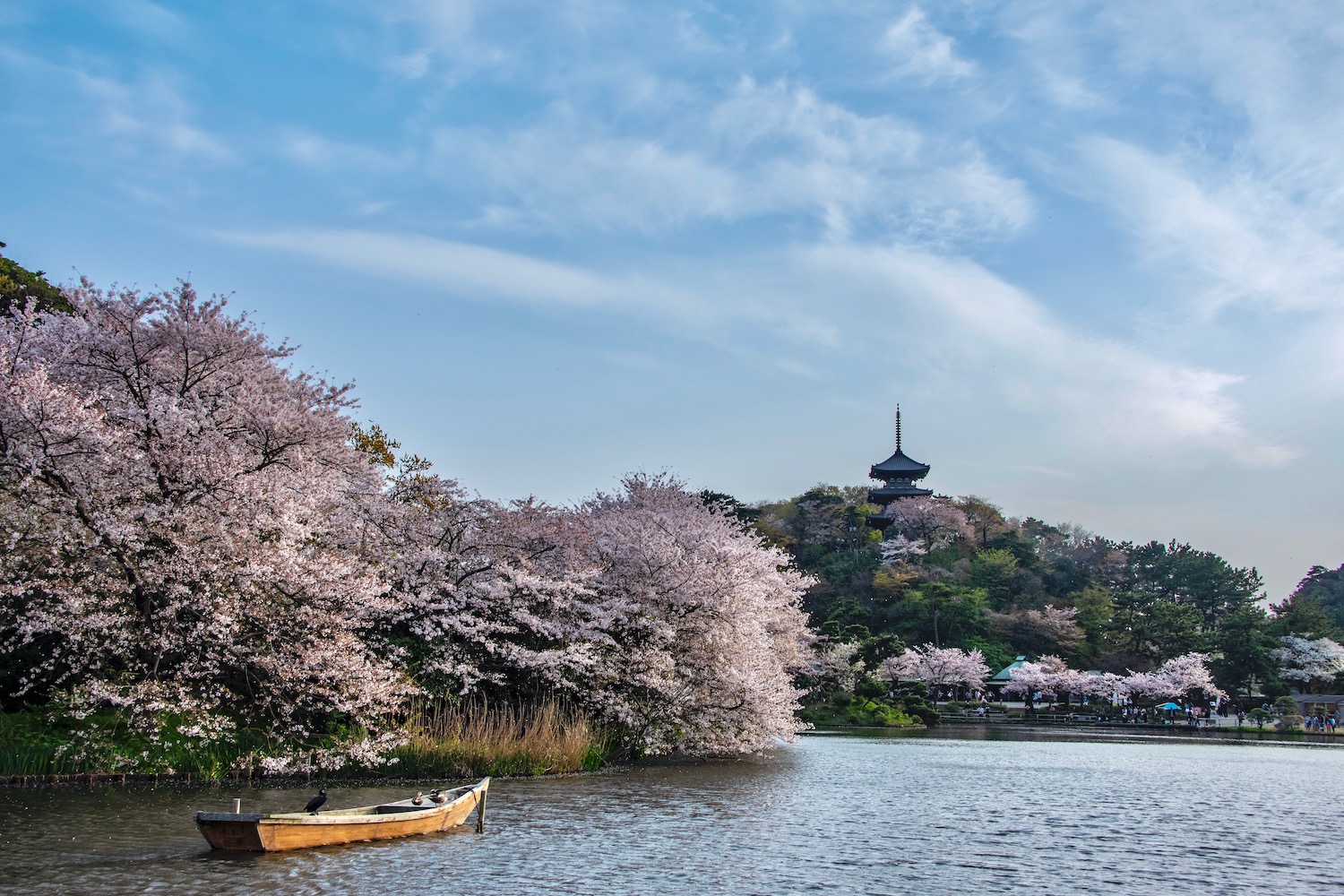
Ways to Compare Kamakura and Yokohama
Things to do
Kamakura is all about history and scenery, whether you come in June and peep hydrangeas at Meigetsu-in or Hase-dera, or see more evergreen attractions like the Kotoku-in Big Buddha. Yokohama’s not all new, of course, as the historical Red Brick Warehouses attest. Still, the neon signs of Chinatown and the quirky Cup Noodles Museum suggest a much more futuristic vibe.
Cityscape
Comparing Kamakura vs Yokohama on this front is likewise a study in contrasts. While both cities are close to the sea, the waterfront areas of Kamakura incorporate much less conspicuously into the cityscape, whose temples and humble residential buildings appear to be scattered across hills and mountains far from any ocean. By contrast, both Tokyo Bay (and Mt. Fuji in the distance) contextualize Yokohama’s impressive skyscrapers.
Seasonal beauty
I mentioned June’s hydrangeas earlier, but these aren’t the only options to see gorgeous seasonal beauty in these cities. Whether you come in late March or early December, both of these cities are full of sakura and momiji. In Kamakura, I find the Kotoku-in Bid Buddha to be the best place for both of these spectacles, while Yokohama’s Sankei-en garden is where its colors are at their most vibrant.
Getting there from Tokyo
Reaching Kamakura or Yokohama is easy—both are connected directly to Tokyo via train. If you’re staying in western Tokyo (i.e. Shinjuku or Shibuya), you’ll want to ride the JR Shonan-Shinjuku Line. Travelers staying elsewhere will want to go to Tokyo, Shimbashi or Shinagawa Stations and board the JR Yokosuka Line, which also leads to both stations.
Overnight stay options
I’ve spent the night in both of these cities, though if I’m honest, both didn’t thrill me. Ironically, I preferred my stay at the Intercontinental Yokohama Grand, which allowed me to explore Chinatown by night, when it was at its most beautiful. By contrast, while I liked my room at the Hotel Metropolitan Kamakura, I didn’t find local people to be amenable to the presence of tourists in their city in the early morning or after night had fallen.


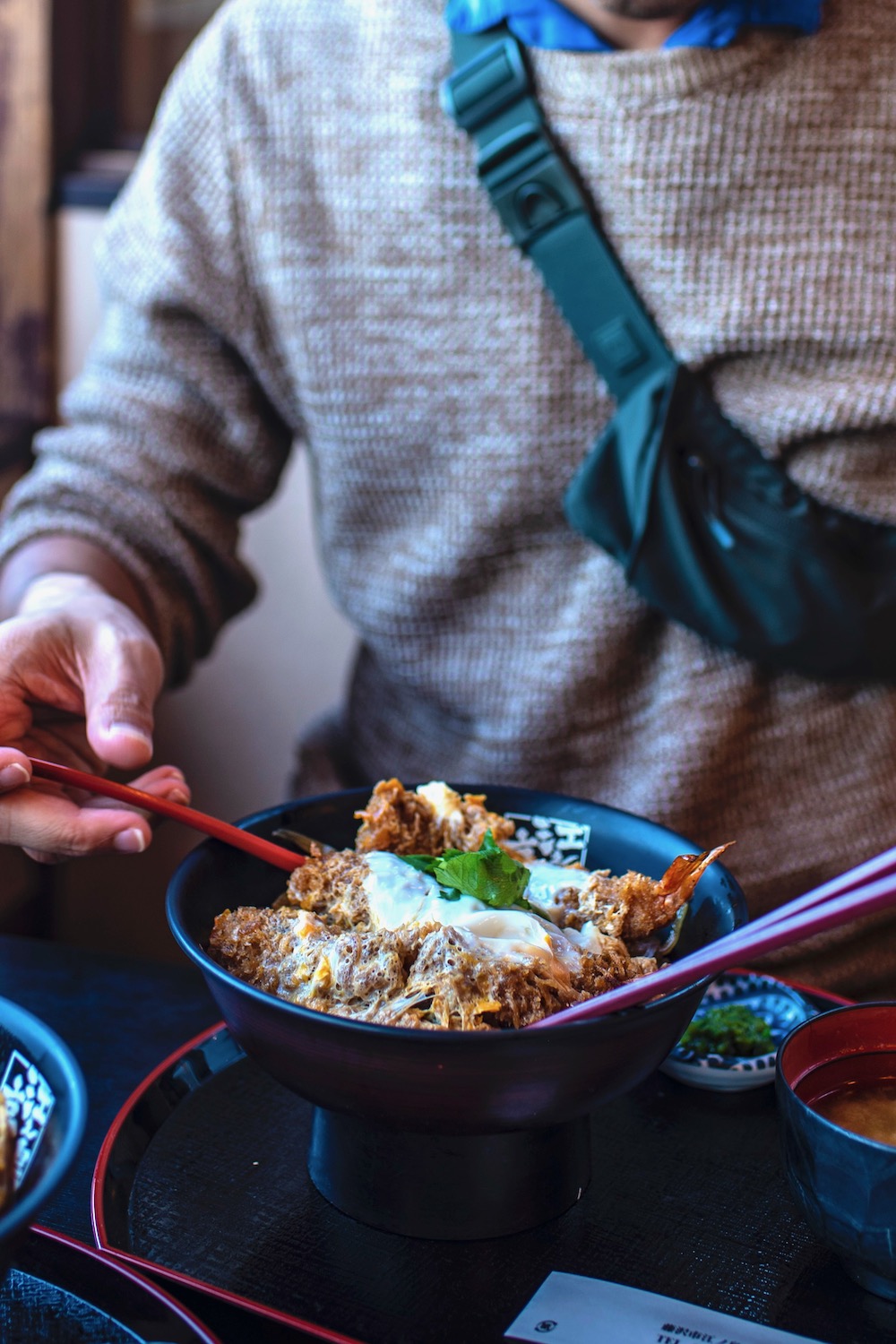

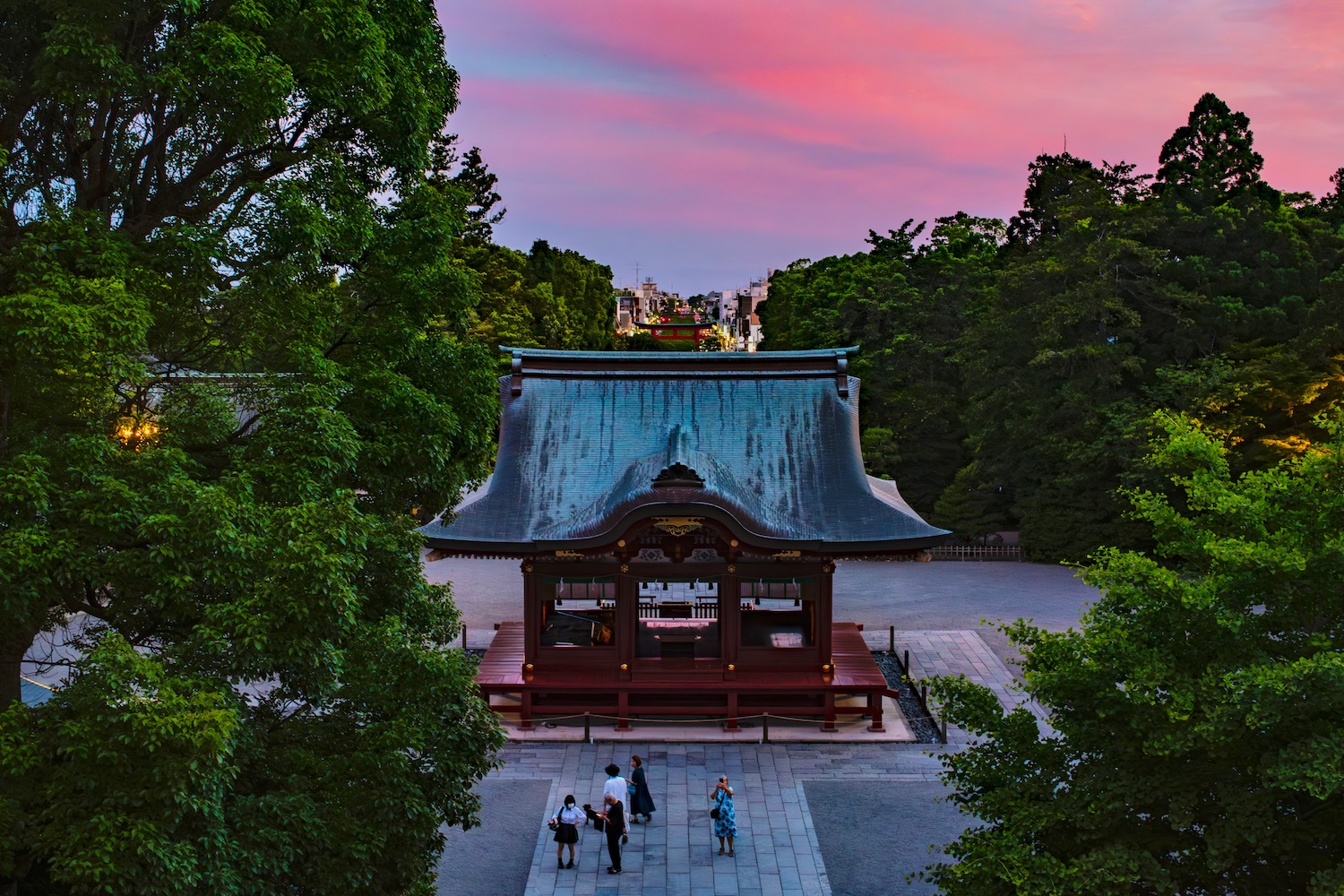
Can You Visit Kamakura and Yokohama in One Day?
Kamakura is close enough to Yokohama that I often recommend travelers see both in one day, if they’re pressed for time. Here are a couple of ideas about how to do that:
- Go early to Kamakura and then, after sightseeing there, take the Enoden tram to Enoshima island. Have lunch and enjoy Fujisan views, then travel to Yokohama via Kamakura and have dinner in Chinatown.
- Plan your day as a study in contrasts. Have lunch in Kamakura after a morning of temple-hopping; in Yokohama, go super modern at the Cup Noodles Museum or at the Gundam statue.
- Embrace not only the history of Kamakura, but also of Yokohama. Do your thing in Kamakura, then spend your time in Yokohama at Sankei-en garden, or amid the timeless Red Brick Warehouses.
Of course, no matter where you fall on the Yokohama vs Kamakura debate, there’s merit to spending the night in either (or both!) of these cities, if you can.
Other FAQ About Yokohama and Kamakura
Should I visit Kamakura or Yokohama?
Personally, I recommend visiting both Kamakura and Yokohama, if you can pull it off, even if this happens to be within the same day. On the other hand, if you absolutely have to choose one, I personally prefer the historical vibe of Kamakura, particularly when paired with nearby Enoshima island.
Is Yokohama good or not?
Yokohama is a fantastic city, and is far more than the suburb of Tokyo people too often dismiss it as being. Lean into history at timeless Sankei-en garden, enjoy an ultra-modern experience making your own ramen at the Cup Noodles Museum or explore Japan’s largest and most famous Chinatown.
How long should I spend in Yokohama?
Most people see Yokohama on a day trip, if that. However, if you can find time in your Japan itinerary to sleep there for at least a night, I believe this is a worthy pursuit. At a minimum, doing so allows you to see the city lit-up, which in my opinion is when it’s at its most beautiful.
The Bottom Line
Is Yokohama or Kamakura a better excursion from Tokyo? The reality is that many travelers visit both in the same day—a morning beneath Kamakura’s Big Buddha; an evening in Yokohama’s Chinatown. Regardless of how you approach seeing either of these cities, however, it’s important to be aware of their differences. Kamakura is a former Japanese capital that exudes a timeless energy, while Yokohama is a whizzing metropolis that far too often disappears in Tokyo’s shadow. Need personalized help planning your exploration of Japan, whether in the Kanto region or country-wide? Consider hiring me to plan your trip!



